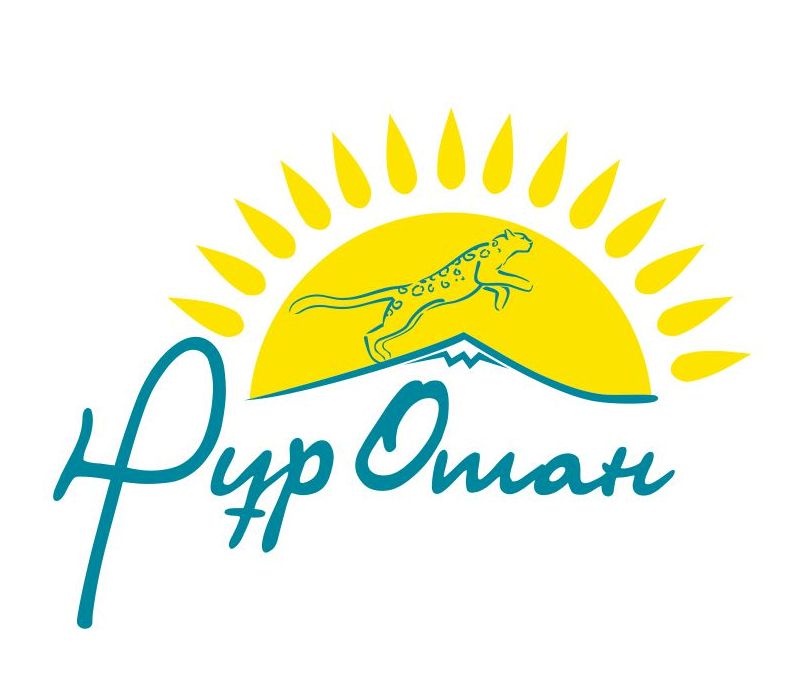
 24.01.2018
24.01.2018
WATER POLLUTION FACTS, CAUSES, EFFECTS & SOLUTIONS
Water pollution has become a growing concern over the last century as
more and more waste is being disposed of in our oceans, rivers and lakes. This
increase in pollution is harming our food supplies, drinking water and
environment. It is also creating issues in the oceans ecosystem and hurting the
animals and plant life that rely on the ocean and rivers for their survival.
This article will provide you with an in depth explanation of what water
pollution is, the causes and effects associated with water pollution and what
can be done to prevent or even reverse the condition of water pollution.
WHAT IS WATER POLLUTION?
Water pollution is caused by the intentional or unintentional release of
toxic chemicals/materials, contaminants and harmful compounds into various
bodies of water such as rivers, lakes and the ocean. Without proper disposal or
filtration of these pollutants they can spread throughout the water and effect
all living animals and organisms that come into contact with it by
contaminating any living thing that requires water for survival. In addition to
harming animals water pollution can also affect plants, trees, the soil and
other natural materials and resources of the earth.
WATER POLLUTION CAUSES, EFFECTS AND CONSEQUENCES
Water pollution may be caused by any hazardous substance or material
that makes contact with the earths water supply. This may include oil from oil
tankers and oil refineries, garbage from construction sites, city streets and
residential lawns, improper disposal of hazardous materials from garbage
disposal companies, chemical spills and improper chemical disposal, sewage
leaks and agricultural runoffs just to name a few. Water pollution is generally
caused by human actives but may also be caused by natural resources. When water
is polluted it is usually defined as either being polluted from point sources
or non point sources. Point source pollution occurs from a specific location by
a single source such as a large factory, oil refinery or hauling ship that
contributed a massive amount of pollution within a single area. This large
scale pollution can then be spread across large bodies of water affecting many
miles of water, agricultural land, animal habitats and oceanic ecosystems. Non
point source pollution can occur from many different areas that all contribute
to a body of water. This can occur from large neighborhoods with poor
residential lawn quality from sewage leaks and other types of contaminants,
city streets where garbage and chemicals are not disposed of properly and large
agricultural areas that use harmful chemicals which runoff into a body of water
and contribute to other sources of water pollution. When people rely on a
specific body of water for drinking, cleaning and other purposes and that water
becomes polluted it can become a major issue.Once water becomes polluted
it becomes unsafe for consumption due to the dangerous or toxic materials that
are contained within the water .If contaminated water is consumed it could lead
to sickness, infections, exposure to diseases and even death. While pollution
is a growing concern determining what water is polluted isn’t always easy when
observed by the naked eye or our taste buds. Water may appear to be clean for
consumption however it may have hidden pollutants that can affect our bodies as
well as animals, plants and various other organisms. In order to determine the
health of water (especially clear, clean looking water) researchers and
scientists often need to perform special tests. If the water is considered
contaminated it will need to go through a filtration and removal process before
it can become drinkable or even sustainable for numerous animal species that
inhibit that body of water. Sadly the issue of water pollution is even more
severe in third world countries where there is no way to properly dispose of
poisonous chemicals/materials and polluted water cannot easily be cleaned or
treated. In these countries people often end up reusing polluted water which
can lead to many of the issues described previously such as birth deformities,
sickness, disease and death. In addition to being affected by water pollution
these countries do not have the medical staff or antibiotics necessary to deal
with those who become sick and ill from water pollution. Finding a way to
develop cheap filtration systems and better waste disposal management systems
is going to be a vital step towards improving the health of our drinking water
and the bodies of water that surround us. These are a few of the most common
causes and effects of water pollution:
Causes of water pollution
1) Water pollution may be caused by the intentional or unintentional
disposal of hazardous chemicals and materials into a body of water.
2) Rainfall may cause polluted landscapes to disperse their poisonous
materials into the water and poison the surrounding water.
3) Water pollution may also be caused by specific points or contributing
factors such as large factories, oil refineries, construction sites, chemical
waste management facilities, dump sites and other large scale operations that
store/produce large amounts of chemical/hazardous waste.
Effects
of water pollution
1) Toxic rainfall can occur in areas where water
and/or air is polluted with toxic chemicals and materials.
2) Polluted water can lead to sickness, disease,
infections, deformities and even death among animals and plant life.
3) Once
water becomes polluted it can affect people and animals either directly through
consumption or indirectly through food sources, land degradation and the
overabundance of plants and algae which can cover the surface of various bodies
of water making it undrinkable and affecting the animals that live in that body
of water.
HOW YOU CAN HELP
If you would like to limit the amount of pollution you produce and thus
help keep the oceans, rivers and lakes clean there are a number of things you
can do.
·
Keep your car well maintained and
immediately service it if you notice any oil leaking from the car
·
Replace your air fresheners with eco-friendly
candles, incense and/or potpourri
·
Purchase environmentally friendly cleaning
products that do not harm the land if they happen to be flushed or emptied into
a drain
·
Reduce the amount of power you use and
purchase energy saving light bulbs and appliances. This helps reduce the amount
of emissions being released by utility companies and your own home products.
·
Conserve your water usage and don’t leave
water running when you are not using it
·
Reduce, recycle & reuse materials that
you have purchased. Plastics and papers may be sent to the recycling bin while
some of your glass materials may be able to be reused or re-purposed
·
Make sure non recyclable waste is
contained properly so that it does not spill into the land, street drain sewage
drain
·
Purchase local food that has been grown
from healthy agricultural farms that don’t use polluting fertilizers and
pesticides
·
Purchase eco-friendly lawn fertilizers and
pesticides for your own lawn in order to prevent your lawn from becoming toxic
and prevent possible hazardass chemicals from entering street drains
·
Recycle old clothing by giving it away to
shelters and non for profit re sellers. Not only does it lower the amount of
garbage you produce it also allows you go give to a cause and help the
community
·
Use a reusable grocery bag rather than the
plastic bags offered at grocery stores when shopping for food to minimize your
plastic waste
·
Eliminate unnecessary mail and have your
bills sent to you by email. This helps protect the trees and reduce the amount
of paper you have to dispose of later
·
Properly dispose of toxic chemicals rather
than dropping them down the drain. You can do an online search for local toxic
chemical disposal areas near you
As you can see there are a lot of things you can do to help reduce the amount
of pollution you produce.
Even if you only implement a few of these strategies you could end up
reducing a ton of waste and unnecessary garbage that is created in daily
life.
10 THOUGHT PROVOKING FACTS ABOUT WATER POLLUTION
1) Over half a billion people live in areas where they consume and rely
on polluted water for their survival
2) Large ships such as transportation vessels and cruise ships are a
large contributers to the current condition of water pollution
3) Many of today’s fertilizers and pesticides carry toxic chemicals that
can spill into the ocean, sewage drains, lakes and rivers harming marine life
and the animals that drink the water
4) Only 3% of the worlds water is considered freshwater
5) Locations such as Bangladesh,
India and China are
suffering from high levels of water pollution with limited options for
disposing of toxic chemicals/materials which threaten the lives of the people
living in these areas
6) The majority of freshwater is found in lakes, rivers, ice and
glaciers
7) Poorly contained toxic materials such as garbage, fertilizer and
poisonous chemicals can be picked up by the rain or running water and make its
way into local rivers, lakes and the ocean without being treated or filtered
8) The same chemicals used to keep our homes clean and maintain our
automobiles are highly toxic and can find there way into our water systems of
not disposed of properly
9) It is estimated that as many as 100,000 marine
mammals are killed every year by pollution
10) In areas that are highly polluted the opportunities of getting lung
cancer, heart disease and other life threatening ailments is significantly
higher






 Мектепке дейінгі балалар ұйымына жолдама қалай алуға болады
Мектепке дейінгі балалар ұйымына жолдама қалай алуға болады
 Мектепке тіркеу үшін құжаттарды қабылдау
Мектепке тіркеу үшін құжаттарды қабылдау















